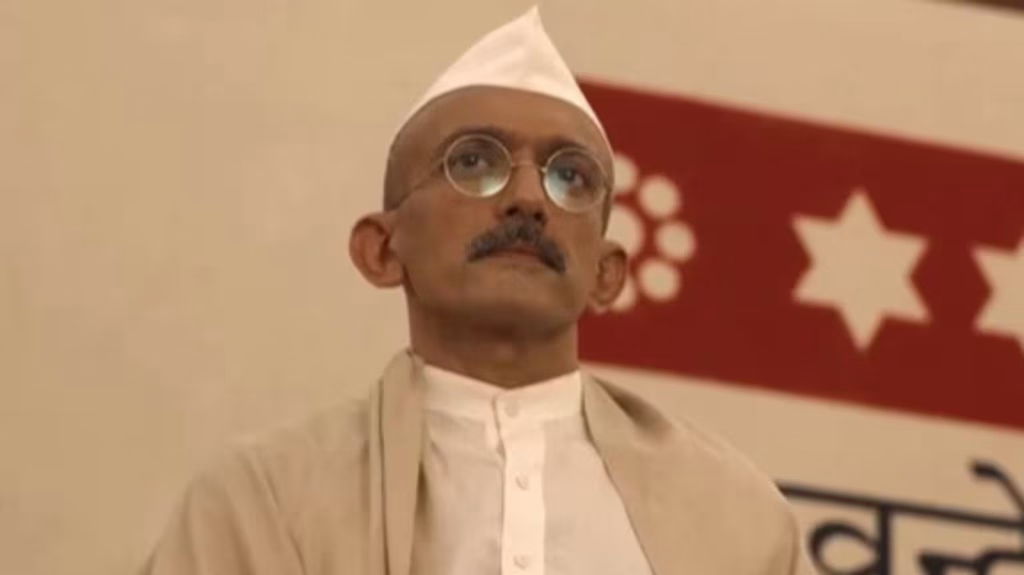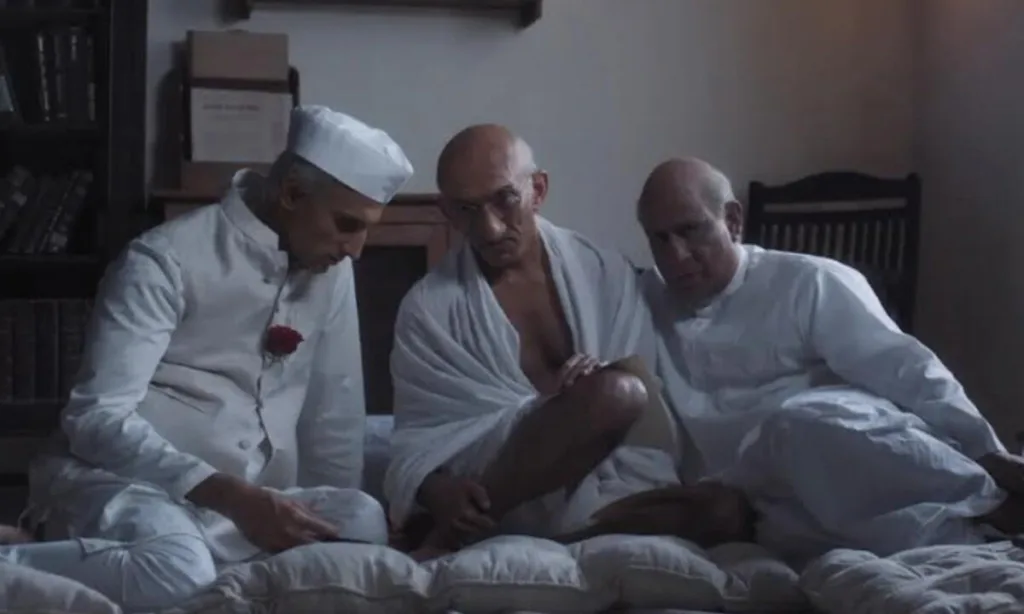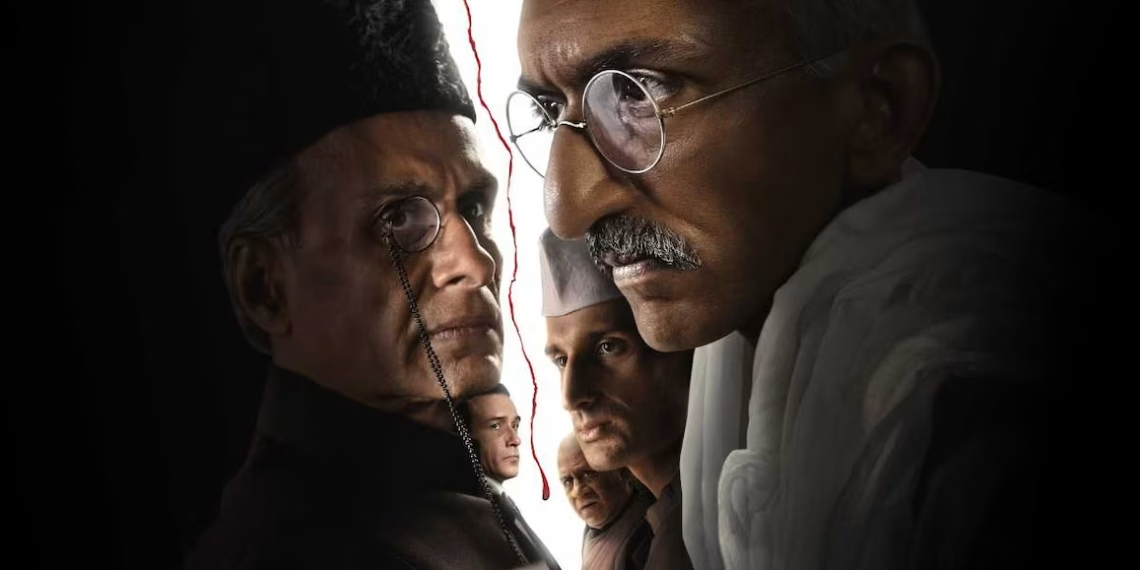“Freedom at Midnight,” streaming on SonyLIV, emerges as a powerful chronicle of India’s partition, masterfully adapting Larry Collins and Dominique Lapierre’s acclaimed book. Director Nikkhil Advani crafts a narrative that balances historical accuracy with emotional depth, offering viewers an intimate look at one of history’s most pivotal moments.
Table of Contents
“Freedom at Midnight” succeeds in presenting the complex narrative of India’s partition through a lens that is both historically accurate and emotionally resonant. The series serves as both a powerful drama and an important historical document, making it essential viewing for anyone interested in South Asian history or compelling historical narratives.
The show’s greatest achievement lies in its ability to humanize historical events while maintaining historical accuracy, creating a viewing experience that is both educational and emotionally engaging.

Storytelling Approach
Historical Context and Narrative Style
The series opens in 1946 with Mahatma Gandhi’s powerful declaration: “Hindustan ka batwara hone se pehle, mere shareer ka batwara hoga” (Before the partition of India, my body will be divided). This sets the tone for a narrative that weaves together:
- Personal stories amid political upheaval
- Complex historical events
- Multiple perspectives on partition
Balanced Perspective
Unlike many historical dramas that lean towards particular ideologies, “Freedom at Midnight” maintains remarkable neutrality by:
- Presenting multiple viewpoints
- Avoiding propaganda
- Letting viewers form their own conclusions
- Focusing on human stories rather than political agendas
Production Elements
Direction and Cinematography
Nikkhil Advani’s direction stands out through:
- Subtle yet impactful storytelling
- Seamless integration of historical footage
- Attention to period details
- Atmospheric recreation of 1947 India

Performance Excellence
The cast delivers compelling performances that:
- Bring historical figures to life
- Capture the emotional complexity of the era
- Create authentic character portrayals
- Maintain historical accuracy while adding dramatic depth
Historical Impact
Educational Value
The series serves as an important historical document by:
- Illuminating lesser-known aspects of partition
- Providing context to modern South Asian politics
- Highlighting the human cost of political decisions
- Preserving stories of partition for future generations
Contemporary Relevance
The show’s themes resonate with current times through:
- Exploration of religious harmony
- Discussion of national identity
- Analysis of political decision-making
- Examination of social unity
Read More: JioStar: A New Era in Indian Entertainment as Media Giants Unite
FAQs
Q1: How historically accurate is “Freedom at Midnight”?
The series maintains high historical accuracy by:
Following the well-researched book by Collins and Lapierre
Incorporating authentic historical footage
Consulting historical documents and records
Presenting verified historical events and dialogues
Including multiple perspectives from the era
Q2: What makes this partition series different from others?
“Freedom at Midnight” stands out through:
Balanced political perspective
Focus on personal narratives
High production values
Attention to historical detail
Nuanced portrayal of historical figures
Emphasis on human stories over political drama







